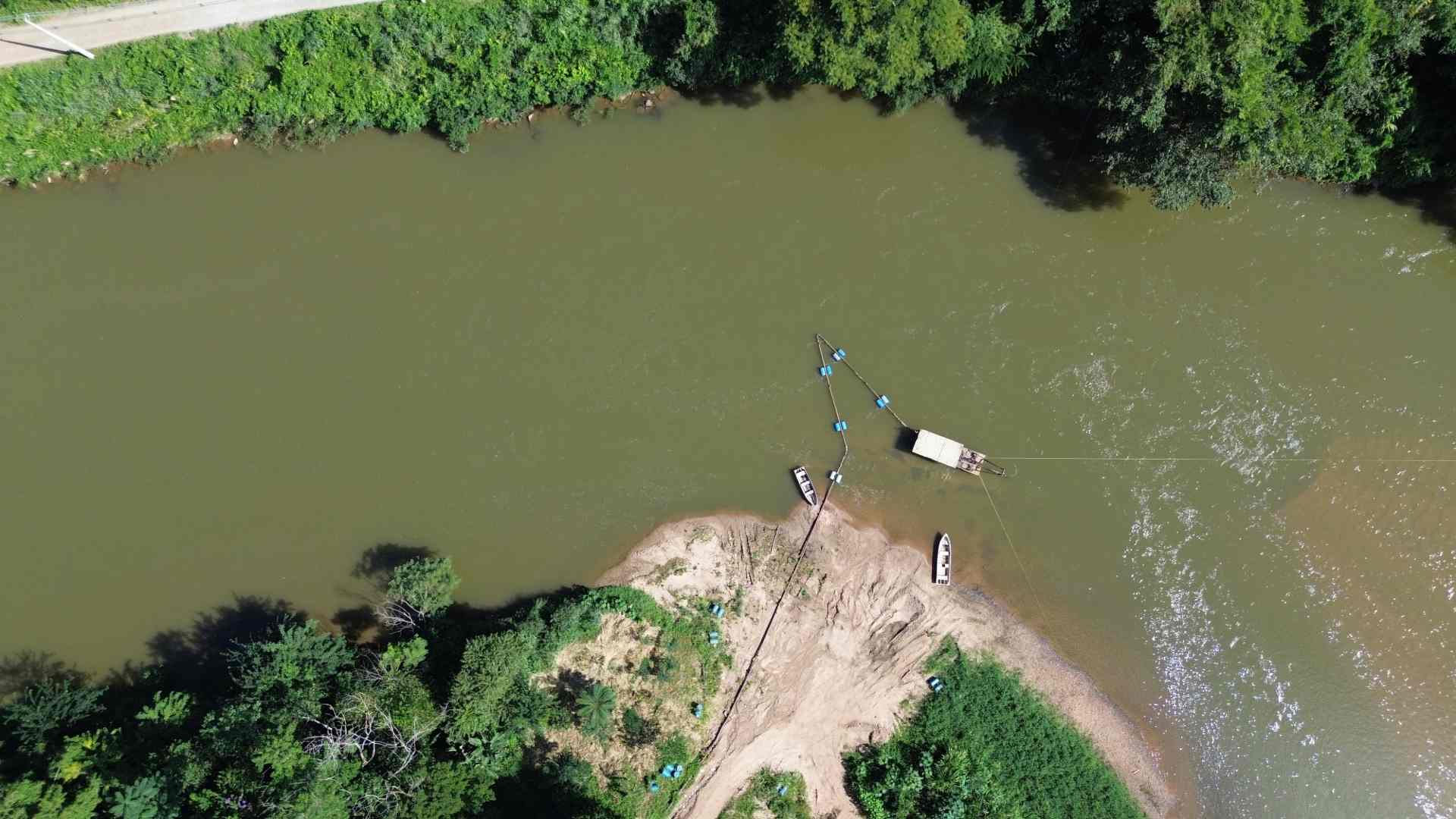Introduction
The tranquil flow of the Mahoning River through Trumbull County, Ohio, is about to undergo a major transformation. Crews have officially begun river dredging efforts to remove over 5,000 cubic feet of sediment from the Mahoning River at Canoe City MetroPark in Leavittsburg. This marks the critical first step in the long-anticipated Leavittsburg dam removal project—an initiative aimed at restoring the health, flow, and ecology of the river for generations to come.
Why Dredging is the First Step
Dredging is a vital part of any river restoration project, especially when preparing for the removal of an aging or obsolete dam. Over the years, sediment—composed of silt, sand, organic matter, and debris—accumulates behind dams. This build-up can restrict water flow, degrade water quality, and disrupt aquatic ecosystems.
Before any dam can be safely removed, this trapped sediment must be carefully extracted and managed. In the case of the Mahoning River, the 5,000 cubic feet of sediment are being removed using specialized equipment. Once separated from the river water, the sediment is processed into what’s known as “sediment cake,” which is then transported off-site. The cleaned water is returned to the river, maintaining a balanced and minimally disruptive approach to restoration.
According to Trumbull County MetroParks Executive Director Zachary Svette, “Once the sediment removal is finished, we will go into the dam removal portion of the project. After that, there is a big part of restoration along the river banks within our project area.”
What Is River Dredging?
River dredging is the process of excavating and removing accumulated materials from the bottom of rivers, lakes, or other bodies of water. It’s often used for maintenance purposes—to deepen navigable waterways or prevent flooding—but increasingly, it plays a key role in environmental restoration projects, especially those involving dam removal.
When performed responsibly and strategically, dredging can:
- Improve water quality by removing pollutants trapped in sediment
- Enhance aquatic habitats by restoring natural flow and substrate
- Prevent downstream flooding by improving river capacity
- Support biodiversity by allowing migratory fish and native species to thrive
- Prepare for major structural changes, such as dam removal or riverbank stabilization
In the case of Leavittsburg, river dredging is essential not only for removing physical sediment but also for ensuring that the dam can be dismantled safely without releasing harmful materials into the downstream environment.
The Environmental Significance of the Project
The Mahoning River has long been the subject of conservation efforts due to its history of industrial pollution and ecological degradation. Projects like the Leavittsburg dam removal are part of a broader regional effort to restore natural river systems, enhance wildlife habitats, and reintroduce recreational opportunities such as fishing, kayaking, and wildlife observation.
Removing old or non-functional dams is a growing trend across the United States. These structures, often built decades ago for mills or flood control, have, in many cases, outlived their usefulness and now pose significant safety and ecological concerns. Their presence alters river dynamics, impedes fish migration, and reduces water quality.
By starting with dredging, the Leavittsburg project is laying a foundation for a more natural and resilient Mahoning River. Once the dam is removed, the river will begin to reconnect with its historical flow patterns, sediment transport processes, and biological rhythms.
Dredging Timeline and Techniques
The dredging phase at Canoe City MetroPark is expected to take approximately 50 days. During this time, crews will operate from both riverbanks and floating barges to remove sediment as efficiently and safely as possible.
The sediment is extracted using hydraulic dredging equipment, which vacuums the material from the riverbed and pumps it to nearby dewatering facilities. These systems separate water from solids, allowing the cleaned water to be returned to the river almost immediately. The remaining sediment cake is collected and transported to designated disposal or reuse sites, ensuring minimal environmental disruption.
This modern approach to dredging is a far cry from traditional methods that often stirred up more pollutants than they removed. Thanks to advanced techniques and environmental oversight, today’s sediment removal is cleaner, more controlled, and more beneficial for local ecosystems.
What Comes Next: Dam Removal and Riverbank Restoration
Following the dredging operation, the project will enter its next phase: dam removal. This stage involves dismantling the physical structure of the Leavittsburg dam. Removing the dam will allow the river to flow more freely, reduce flood risks, and restore natural fish passage routes that have been blocked for decades.
After the dam is gone, attention will turn to riverbank restoration. This part of the project will focus on stabilizing the riverbanks, planting native vegetation, preventing erosion, and ensuring the newly exposed areas are ecologically viable. Long-term monitoring will help assess the recovery of aquatic habitats, wildlife activity, and the overall health of the river.
Community and Recreational Benefits
Beyond environmental gains, river dredging and dam removal offer direct benefits to the local community. Improved river flow can reduce flood risk for nearby properties, while cleaner water makes the area more attractive for outdoor recreation. Canoe City MetroPark itself stands to benefit from increased use, new programming, and a restored natural aesthetic.
The Mahoning River restoration will also have educational value, serving as a living classroom for local schools and a demonstration site for other municipalities interested in undertaking similar projects.
Conclusion
The dredging work now underway at Canoe City MetroPark is much more than just a construction project—it’s a turning point for the Mahoning River and the community of Leavittsburg. By removing over 5,000 cubic feet of sediment, crews are taking the first vital step toward removing an outdated dam, restoring riverbanks, and revitalizing the local ecosystem.
As sediment gives way to flowing waters and native species return to healthier habitats, the benefits of this river dredging project will ripple far beyond the banks of the Mahoning. It’s a bold reminder that sometimes, to move forward, we must dig deep first.
